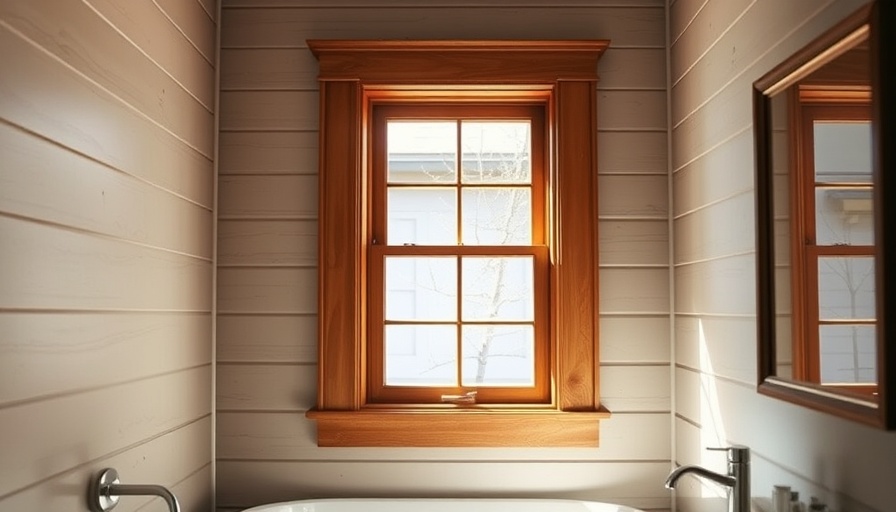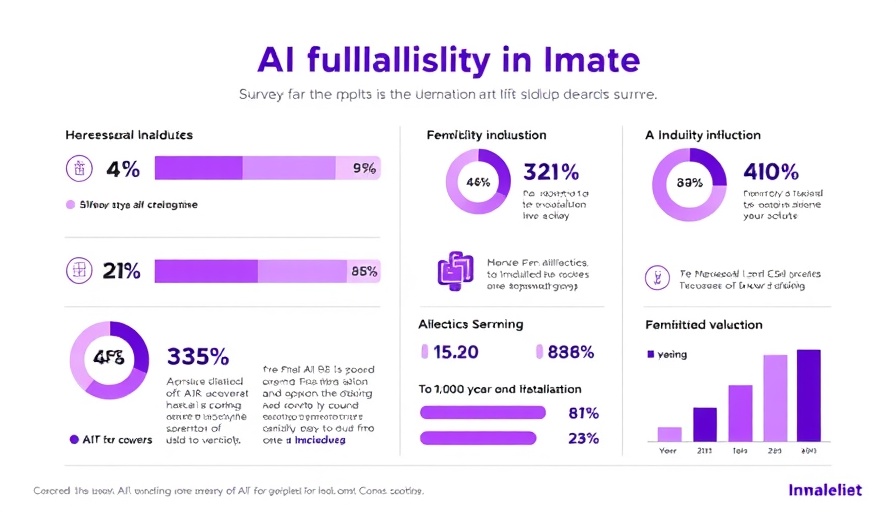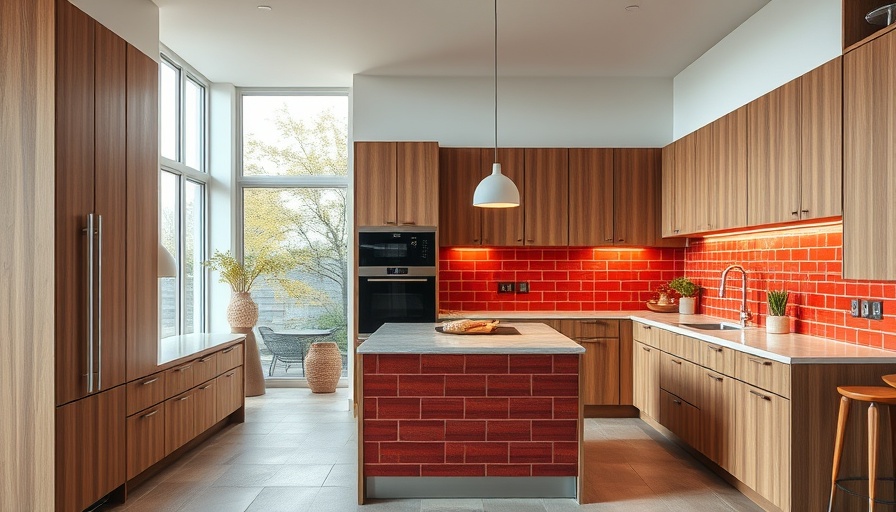
Transforming Spaces: The Story Behind a Curbless Shower
In the heart of New Orleans, a dedicated family took on the challenge of upgrading a cramped 55-square-foot bathroom, ensuring it met the needs of their mother as she aged in place. With past renovation attempts falling short, the family sought the expertise of designer Tiara Lewis, known for her ability to blend functionality with style. The result? A bathroom that not only meets accessibility needs but also honors the historical charm of the home.
The Importance of Accessibility in Design
With the aging population increasingly seeking to stay in their homes longer, accessibility features like grab bars and curbless showers are becoming vital. By eliminating curbs in shower designs, this updated bathroom ensures safety for those who may require assistance or mobility aids such as walkers. The decision to incorporate grab bars strategically throughout the space illustrates a thoughtful approach to enhance usability while maintaining aesthetic appeal.
Historical Homes: Keeping Character in Modern Renovations
Older homes, like this 100-year-old Craftsman, come with unique challenges and strengths. The design team prioritized preserving the home’s character, ensuring that the modifications breathed new life into the space rather than detracting from its history. Custom cabinetry and carefully chosen fixtures helped blend the old with the new, making the renovation a true homage to the home's heritage.
Benefits of a Curbless Shower and Oversized Spaces
One standout feature of the renovation is the curbless shower that provides seamless transition from the main bathroom area—an appealing quality for users of all ages. Not only does it offer functionality, but it also lends to an expansive feel. The spacious design also allows caregivers to assist easily, ensuring a safe and comfortable bathing experience.
Exploring Other Renovation Ideas in California Homes
The trend of making homes more accessible isn't confined to New Orleans; it's resonating strongly in California and beyond as families evaluate how to accommodate aging relatives. As homeowners prioritize safety, accessibility features are becoming more common in California homes, with designers advocating for modifications that blend seamlessly into the structure of the home while upholding modern aesthetics.
Actionable Insights: Practical Tips for Your Own Renovation
If you're contemplating a bathroom renovation aimed at enhancing accessibility, consider these steps:
- Consult with a designer who specializes in aging in place.
- Evaluate the layout—ensure transitions between spaces are smooth and accessible.
- Incorporate functional features like grab bars, curbless showers, and non-slip flooring.
- Maintain the character of your home by selecting materials that reflect its history.
Future Trends in Bathroom Design
Looking ahead, the intersection of accessibility and contemporary design will likely dominate the discussion in home renovations. As the population ages, more homeowners will prioritize safety features without compromising their home's style. Expect to see exciting innovations, such as smart home technology aiding in daily tasks and environmental considerations influencing material choices, further shaping bathroom designs in California and beyond.
Why This Transformation Matters
This bathroom restoration case highlights the emotional and practical considerations involved in creating living spaces that adapt to the changing needs of their occupants. By focusing on accessibility and aesthetic appeal, families can ensure their loved ones feel comfortable and dignified in their own homes. Such transformations provoke thought on how we approach our living spaces, ultimately affecting our quality of life.
The successful merger of safety and style showcased in this renovation serves as not only a practical solution but also a source of inspiration for homeowners contemplating similar changes. Your choices can pave the way for a comfortable, inclusive, and beautifully designed home.
 Add Row
Add Row  Add
Add 




 Add Row
Add Row  Add
Add 

Write A Comment